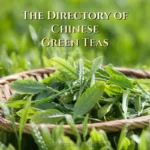White tea, with its fragile flavor and various well-being benefits, has been captivating tea devotees around the world. Originating from China, this lovely tea assortment boasts a rich history and special handling strategies. In this article, we’ll investigate a few of the most popular Chinese white teas that every tea lover ought to encounter. From the famous Silver Needle to the robust White Peony, prepare to embark on a travel through the world of Chinese white teas.
The Allure of Chinese White Tea: A Brief Introduction
Chinese white tea is eminent for its inconspicuous flavors and minimal preparation. Not at all like other tea assortments, white tea undergoes negligible oxidation, protecting its characteristic antioxidants and fragile taste. The name “white tea” comes from the fine white hairs that cover the youthful tea buds, giving them a gleaming appearance.
White tea generation fundamentally happens in the Fujian province of China, especially in the Fuding and Zhenghe areas. The tea leaves are gathered in early spring when the buds are still firmly closed and secured with a downy fluff. This cautious choice of handle contributes to the tea’s distinctive flavor profile and appearance.
The processing of white tea is remarkably simple. After harvesting, the leaves are withered and dried naturally, often under sunlight or in carefully controlled indoor environments. This minimal processing helps retain the tea’s natural compounds, resulting in a beverage that’s not only delicious but also packed with potential health benefits.
Unveiling the Most Popular Chinese White Teas

China produces several varieties of white tea, each with its unique characteristics and flavor profiles. Let’s delve into some of the most popular Chinese White teas that have garnered worldwide recognition:
Silver Needle (Bai Hao Yin Zhen)
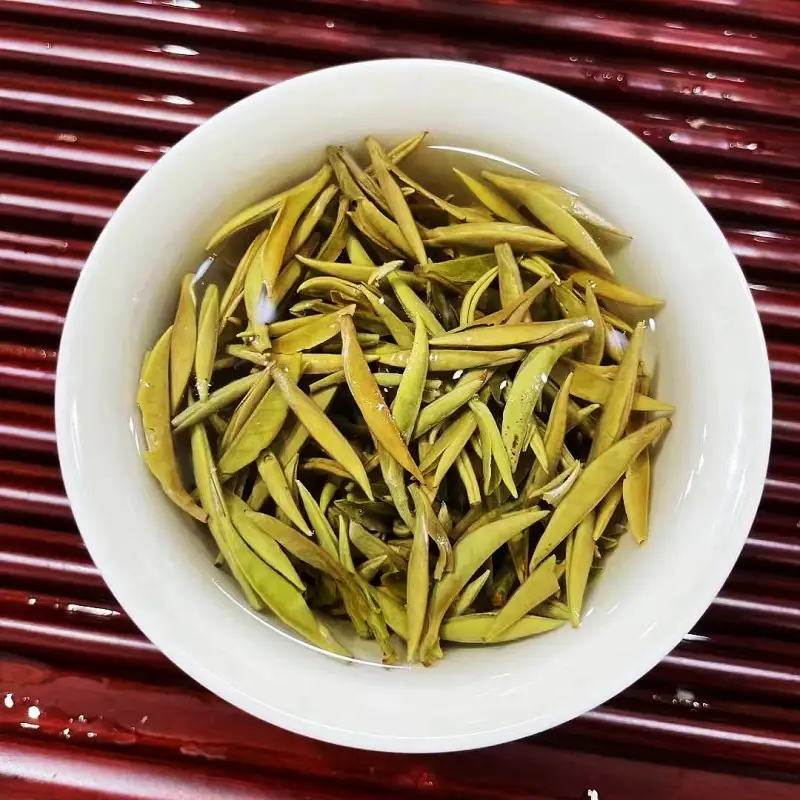
Silver Needle, or Bai Hao Yin Zhen白毫银针, is broadly respected as the pinnacle of white teas. This premium assortment comprises exclusively unopened buds, carefully handpicked during a brief window in early spring. The buds are secured in fine, silvery-white hairs, giving the tea its unmistakable appearance and name.
When brewed, Silver Needle produces a pale, almost colorless liquor with a subtle, sweet aroma reminiscent of fresh hay or chestnuts. The flavor is delicate and smooth, with notes of honey and melon, and a lingering sweetness. This tea is prized for its purity and refinement, making it a favorite among connoisseurs.
White Peony (Bai Mu Dan)
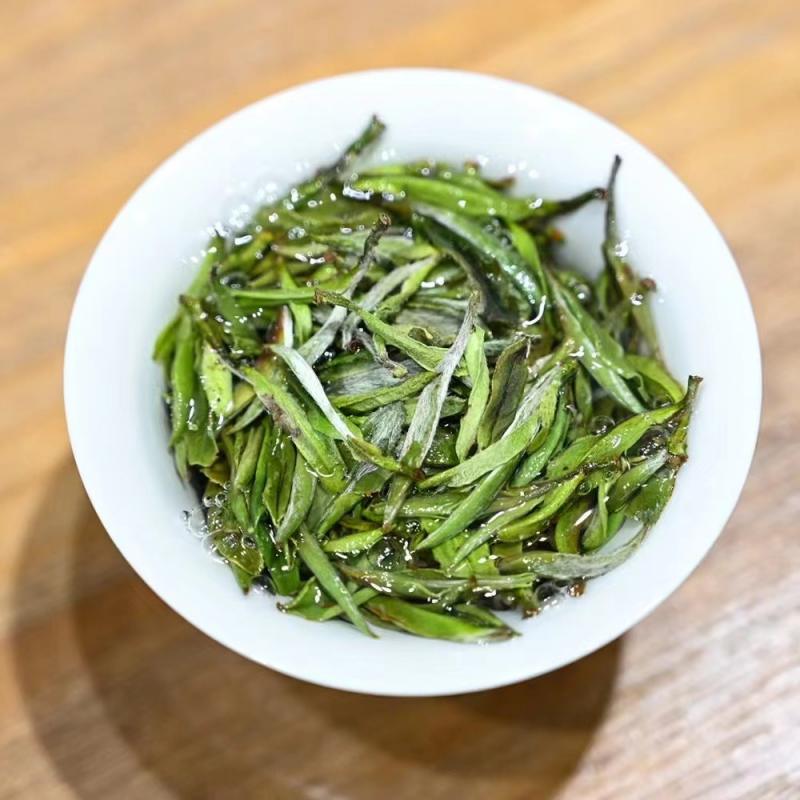
White Peony, or Bai Mu Dan 白牡丹, is another highly popular Chinese white tea. It consists of a blend of young buds and the two newest leaves on each stem. The leaves are allowed to wither and dry naturally, resulting in a slightly darker appearance compared to Silver Needle.
White Peony offers a fuller body and more complex flavor profile than Silver Needle. When brewed, it produces a pale golden liquor with a fresh, slightly sweet aroma. The taste is often described as mellow and smooth, with hints of peach, honey, and a subtle nutty undertone. Its balanced flavor and affordable price point make it a popular choice for both novice and experienced tea drinkers.
Gongmei (Tribute Eyebrow)
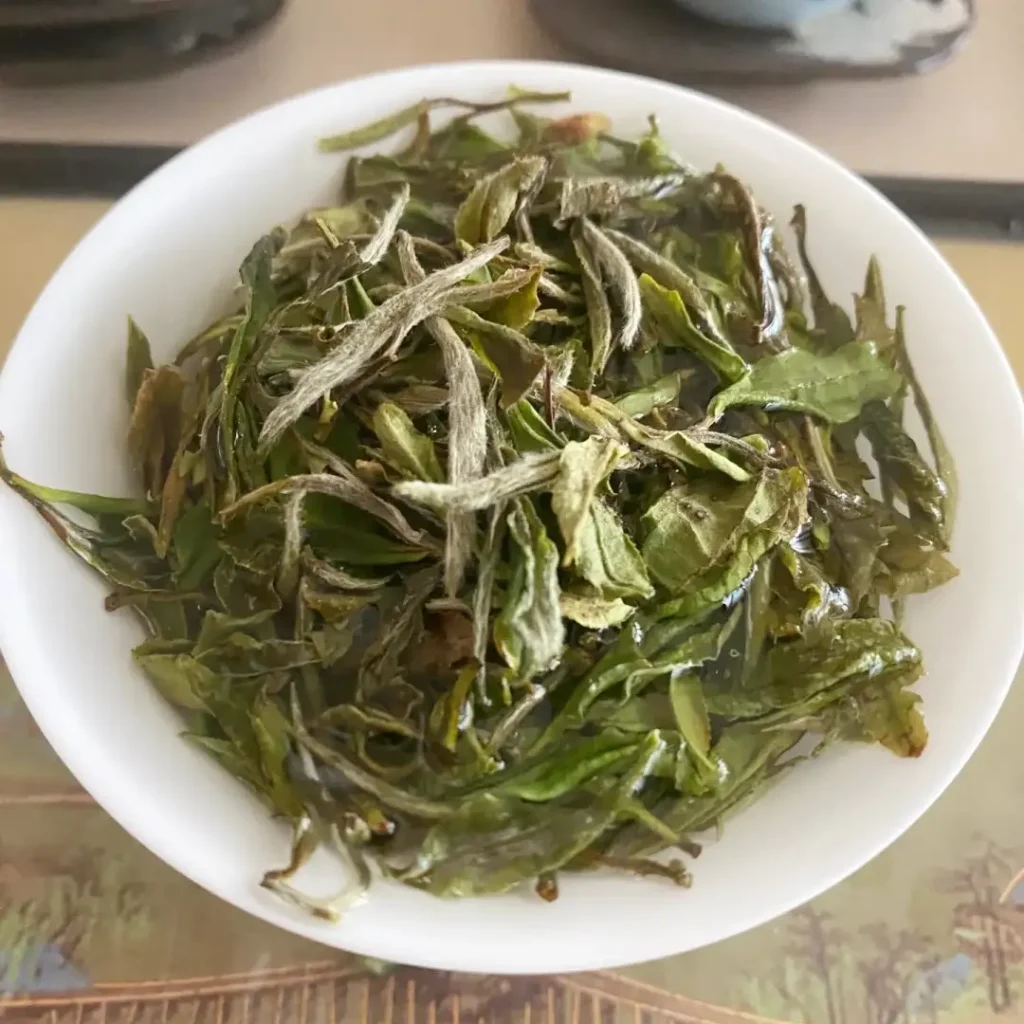
Gongmei, also known as Tribute Eyebrow 贡眉, is a lesser-known but equally delightful white tea. It’s made from slightly larger, more mature leaves than those used in Silver Needle or White Peony. The name “Tribute Eyebrow” comes from the shape of the processed leaves, which resemble eyebrows.
Gongmei produces a darker brew compared to other white teas, with a golden-amber color. Its flavor is more robust and full-bodied, with a sweet, fruity taste and subtle woody notes. This tea offers a unique balance between the delicacy of white tea and the complexity of more oxidized teas, making it an intriguing option for those looking to explore the diversity of white teas.
Shou Mei (Longevity Eyebrow)
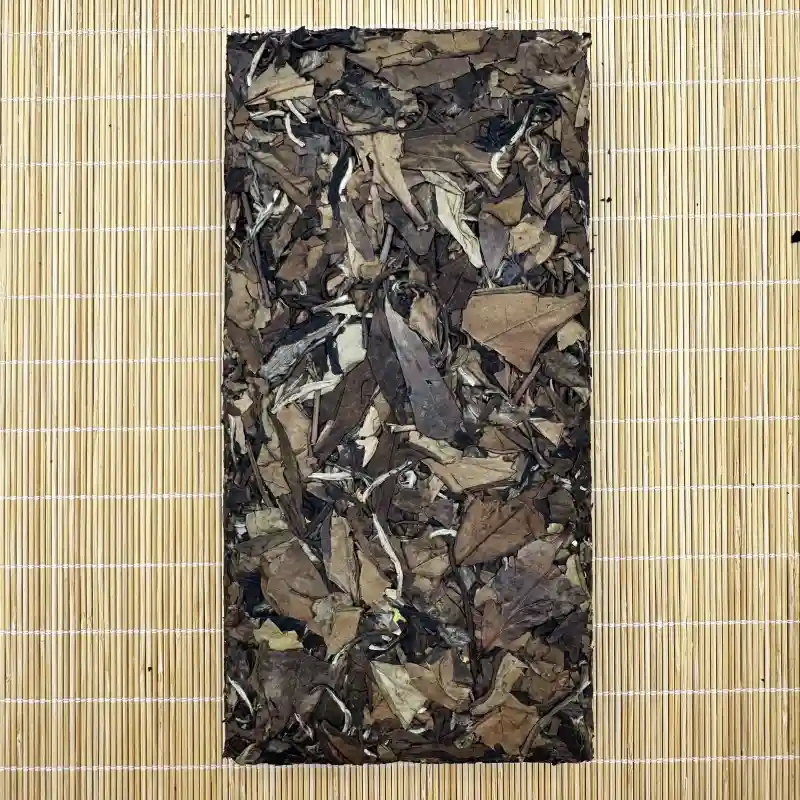
Shou Mei, or Longevity Eyebrow 寿眉, is made from more mature leaves harvested later in the season. It’s considered a lower grade of white tea compared to Silver Needle and White Peony, but it offers its own unique charm and flavor profile.
When brewed, Shou Mei produces a darker liquor with a fuller body. Its flavor is more pronounced than other white teas, with a slightly sweet and fruity taste accompanied by earthy undertones. Some tea enthusiasts compare its flavor to that of lighter oolong teas. Shou Mei is an excellent choice for those who prefer a stronger taste in their white tea.
Brewing and Enjoying Chinese White Tea
To fully appreciate the delicate flavors of Chinese white tea, proper brewing techniques are essential. Here are some tips to help you get the most out of your white tea experience:
Water Temperature
White tea is best brewed with water that’s not too hot. The brewing temperature of white tea is 95-100 degrees Celsius for Shoumei and 90-95 degrees Celsius for White Peony. Using water that’s too hot can result in a bitter taste and may destroy some of the tea’s delicate compounds.
Steeping Time
White tea generally requires a longer steeping time than other teas. Start with 4-5 minutes for your first infusion. Subsequent infusions can be steeped for slightly longer periods. Experiment to find the perfect steeping time for your taste preferences.
Tea-to-Water Ratio
A general guideline is to use about 2 grams of tea leaves per 200ml of water. However, this can be adjusted based on personal preference and the specific type of white tea you’re brewing.
Multiple Infusions
The most popular Chinese White teas can be infused multiple times. Each infusion will reveal different aspects of the tea’s flavor profile. Don’t hesitate to experiment with multiple steepings to fully experience the tea’s complexity.
Teaware
While white tea can be brewed in various types of teaware, many tea enthusiasts prefer using a gaiwan or a glass teapot. These allow you to observe the tea leaves as they unfurl and appreciate the tea’s color.
Appreciation
Take time to appreciate the tea’s appearance, aroma, and flavor. Notice how the taste evolves from the first sip to the aftertaste. White tea’s subtle flavors can be a meditative experience, encouraging mindfulness and relaxation.
Conclusion
As you explore the world of Chinese white teas, remember that each variety offers its own unique characteristics. Don’t be afraid to try different types and experiment with brewing methods to find your personal favorites. Whether you’re drawn to the delicate purity of Silver Needle or the fuller body of Shou Mei, there’s a Chinese white tea out there to suit every palate.
At Orientaleaf, we’re passionate about introducing tea lovers to the finest Chinese teas. While our specialty lies in the exquisite teas from the Qinling Mountains, we also offer a carefully curated selection of white teas from trusted suppliers. We believe that the journey of tea appreciation is endless, and we’re always excited to share our knowledge and discoveries with fellow tea enthusiasts.
We serve thousands of satisfied tea enthusiasts in our tea house each year, and we’re excited to share these exceptional teas with tea lovers worldwide at Orientaleaf.com.

References
- Zheng, W. J., Wan, X. C., & Bao, G. H. (2015). Brick dark tea: a review of the manufacture, chemical constituents and bioconversion of the major chemical components during fermentation. Phytochemistry Reviews, 14(3), 499-523.
- Lin, Y. S., Tsai, Y. J., Tsay, J. S., & Lin, J. K. (2003). Factors affecting the levels of tea polyphenols and caffeine in tea leaves. Journal of agricultural and food chemistry, 51(7), 1864-1873.
- Hilal, Y., & Engelhardt, U. (2007). Characterisation of white tea – Comparison to green and black tea. Journal of Consumer Protection and Food Safety, 2(4), 414-421.
- Ning, J., Zhang, Z., Ren, X., Wang, P., & Wang, C. (2016). Characterization and discrimination of Chinese white teas with different grades using a novel qualitative and quantitative sensomics approach. Journal of Chromatography A, 1454, 98-108.
- Chen, Y. S., Liu, B. L., & Chang, Y. N. (2010). Bioactivities and sensory evaluation of Pu-erh teas made from three tea leaves in an improved pile fermentation process. Journal of Bioscience and Bioengineering, 109(6), 557-563.
